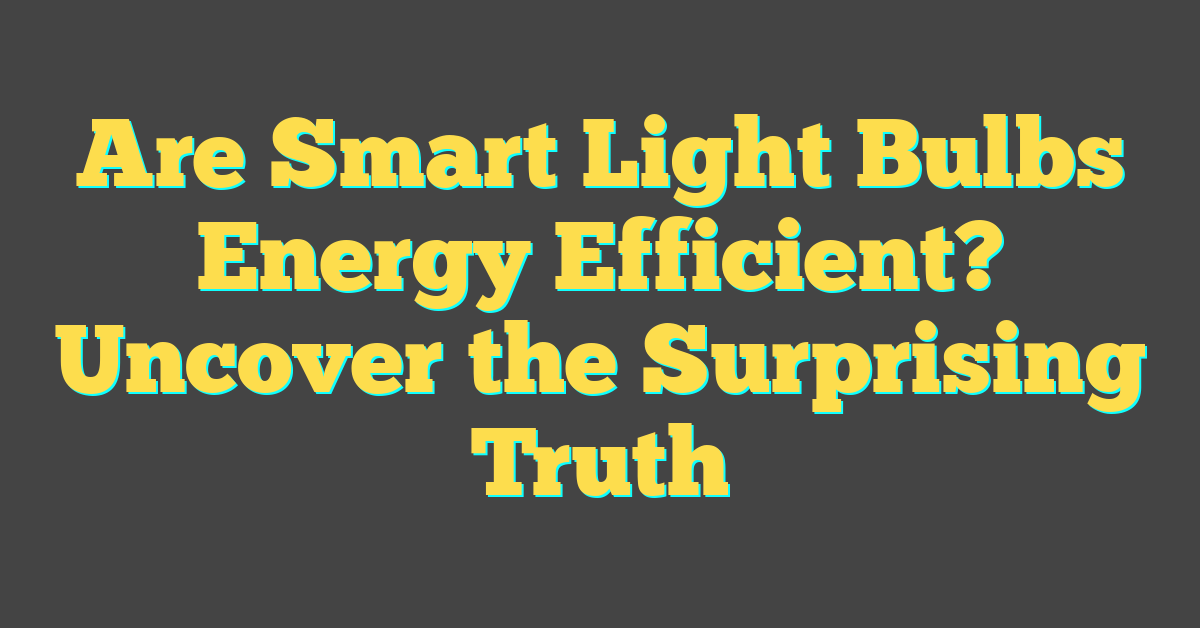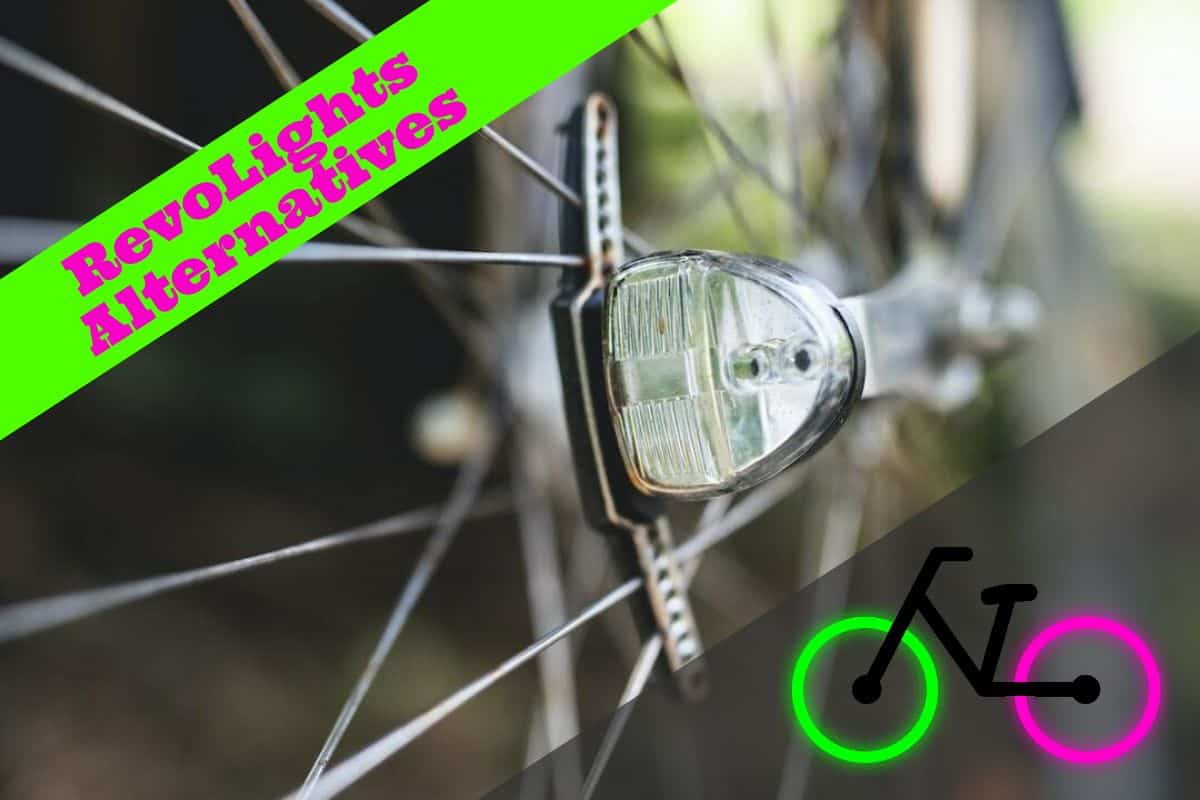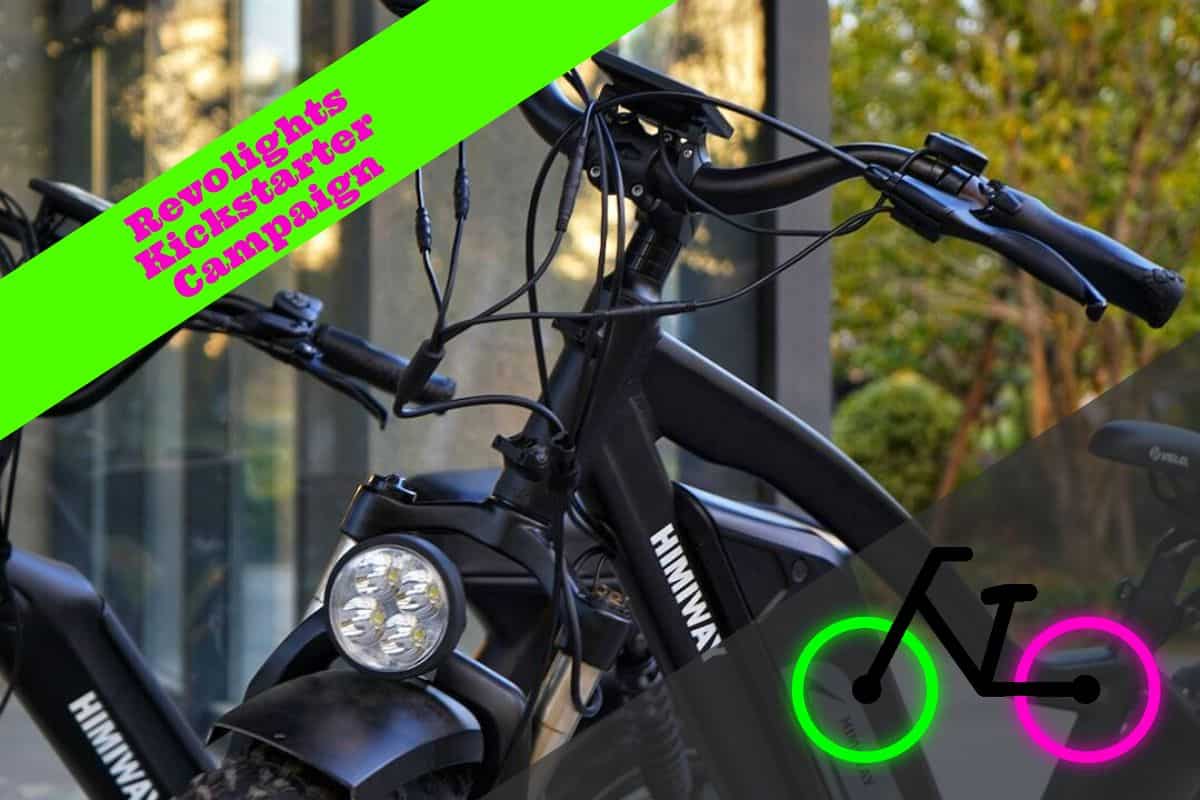Ever wondered if those snazzy smart light bulbs you’ve been eyeing are actually good for your wallet and the planet? You’re not alone. With energy efficiency on everyone’s mind, it’s crucial to make informed choices about the tech you bring into your home.

Smart bulbs are touted as the next big thing in home automation, promising convenience and energy savings. But do they live up to the hype? Let’s shed some light on whether these high-tech illuminators are as efficient as they claim to be.
Diving into the world of lumens, watts, and connectivity, you’ll discover the truth behind smart bulbs and their impact on your energy consumption. Are they really the bright choice for an eco-friendly home? Stick around as we illuminate the facts.
How do smart light bulbs work?
Imagine controlling the atmosphere of your space with just a tap on your smartphone or a simple voice command. That’s the convenience smart light bulbs offer, revolutionizing the way you interact with your home’s lighting. But how exactly do these ingenious devices work?
At their core, smart light bulbs are equipped with technology that allows them to connect to your home’s Wi-Fi network or through Bluetooth. This connection is the gateway for you to communicate with the bulbs from your smart devices. Once connected, smart bulbs tap into the limitless potential of your home’s internet to become more than just light sources—they become interactive gadgets.
Using a dedicated app or integration with home automation systems, you can adjust settings like brightness, color, and temperature. Say goodbye to the days of fumbling for the light switch in the dark. Now, scheduling when your lights turn on and off or syncing them with your morning alarm is effortlessly within reach.
Unlike traditional bulbs, smart bulbs harness LED technology, which is fundamentally more energy-efficient than incandescent or halogen options. LED bulbs use less power to produce the same amount of light—measured in lumens. They don’t waste energy by emitting heat, which means that almost all the energy they consume is used for lighting. That’s a win for your electricity bill and the environment.
Moreover, the ability to control your lighting remotely means nothing is wasted. Left a room without turning off the light? No problem, a quick tap on your device can fix that. Or better yet, set up motion detectors to ensure your lights are only on when someone is in the room.
So whether you’re into vibrant color-changing features for your next party or warm whites to relax, smart light bulbs are flexible enough to match your mood or activity. Their functionality extends beyond on/off and dim capabilities; they open a spectrum of possibilities that cater to both your needs and creative whims. The revolution in home lighting is not just brighter but smarter.
Comparison of energy efficiency between smart bulbs and traditional bulbs

When you’re digging into the world of bulbs, one of your key questions is likely: are smart bulbs more energy-efficient than their traditional counterparts? Let’s break it down. Traditional incandescent bulbs operate simply — they heat a filament until it glows, and voila, light is produced. The downside? Most of the energy is lost as heat. It’s like using a wood stove to cook a single marshmallow, a neat trick but hardly efficient.
Now enter LED smart bulbs. They use something called solid-state lighting to produce their glow. Unlike the warm-up time old school incandescent or even CFL bulbs required, LEDs are instantaneous workhorses that shine bright from the moment you flick that switch.
Here’s a quick, illuminating comparison:
| Bulb Type | Average Lifespan (Hours) | Energy Use (Watts) |
|---|---|---|
| Incandescent | 1,000 to 2,000 | 60 |
| LED Smart Bulb | 15,000 to 25,000 | 10 |
The numbers don’t lie. With an LED smart bulb, you’re not only using up to 80% less energy, but you’re also enjoying a bulb that can last over a decade with normal use. That translates to savings on both your energy bill and replacement costs.
Smart bulbs also step up the game with features traditional bulbs can’t compete with. Imagine adjusting brightness and color with your phone or scheduling lights to turn off when you’re not home. These aren’t just party tricks — dimming and scheduling can further reduce your energy usage and extend the life of the bulb.
« Do Mosquitoes Like Light Bulbs? Unveil the Surprising Truth and Outsmart Them
Why is a Light Bulb a Good Invention? Unveiling the Bright Impact on Society »
Remember, it’s not just the type of bulb but how you use it that adds up. Integrating smart bulbs into a thoughtful home system optimized for efficiency can create a notable difference in your energy profile. As you move through your home DIY projects, consider how lighting plays a role. It’s an opportunity to blend creativity with conservation, making your space not only brighter but smarter.
Factors affecting the energy efficiency of smart light bulbs

You’re already aware that smart light bulbs outshine traditional bulbs in energy efficiency, but have you ever wondered what elements play a role in this efficiency? Let’s shed some light on that.
Build Quality and Materials: The better the quality, the higher the efficiency. LED smart bulbs constructed with high-grade materials tend to have better heat dissipation, which is pivotal for maintaining efficiency.
- Circuit Design: The internals of a smart bulb matter as much as the build. A well-designed circuit with robust components minimizes energy loss.
- Driver Efficiency: This is the heart of your LED bulb, converting incoming power for the LEDs. Advanced drivers enhance the bulb’s performance.
Features and Settings: The innovative features that make you love smart bulbs also impact their efficiency.
- Dimming Capabilities: Unlike incandescents, dimming an LED doesn’t just alter mood lighting. It reduces power consumption proportionally.
- Color Choices: Warmer colors often use less energy than cooler hues.
- Scheduling: It’s not just smart; it’s thrifty. By scheduling lights, you’re only using energy when it’s needed.
Usage Patterns: Your daily lighting dance choreographs the bulb’s energy use. Infrequent use with efficient habits nurtures longevity, while constant on and off can lead to a premature finale.
- Ventilation: Poorly ventilated fixtures lead to hotter conditions, which can shorten bulb lifespan and decrease efficiency.
- Ambient Temperature: LEDs are sensitive to temperature. A cooler environment typically means a longer life and improved efficiency.
Integration with Smart Home Systems: Integration isn’t just about convenience; it’s about synergy. A smart bulb in tandem with sensors and smart thermostats can adjust to natural light and room occupancy, reducing wastage effortlessly.
By considering these factors, you’re not just choosing a bulb; you’re selecting a long-term resident for your home that will shine responsibly, reduce your carbon footprint, and be a testament to your commitment to sustainability. Remember, a smart home basks not only in the enhanced functionality but revels in the pinnacle of energy efficiency that smart bulbs offer.
The impact of smart bulbs on energy consumption and cost

If you’re into home DIY projects, you know lighting is not just about visibility—it’s also about ambiance and efficiency. When you’re looking to add both style and smarts to your home, smart bulbs are a go-to. Understanding their impact on energy consumption and cost is key to making an informed decision.
Smart bulbs, which can often be controlled via smartphone apps or voice commands, are celebrated for their convenience and adjustable features. But it’s their potential for energy savings that often attracts the eco-conscious DIYer like yourself. These innovative bulbs use LEDs, which are significantly more energy-efficient than traditional incandescent bulbs. LED technology can reduce the wattage requirements by as much as 80%, without compromising on light output.
Here’s a quick glance at the numbers:
| Bulb Type | Average Wattage | Annual Energy Use (kWh) |
|---|---|---|
| Incandescent | 60W | 525 kWh |
| Smart LED Bulb | 10W | 87 kWh |
Smart bulbs also come with features that contribute to reduced energy usage. You can schedule them to turn off when you’re not home, dim them to use less energy, and some even adjust their output based on the natural light in the room—a win for efficiency.
When it comes to cost, the upfront price tag of a smart bulb is higher than your standard bulb. Yet, considering their longevity and lower operational cost, they’re an investment that pays off. A standard incandescent bulb may last about 1,200 hours, while a smart LED bulb can last up to 25,000 hours. Factor in the energy savings, and you’ll see that the cost per year can be much lower with smart bulbs.
While energy efficiency is a significant perk of smart bulbs, they also offer enhanced functionality that can influence overall consumption. Features like color-changing capabilities and integration with home automation systems can lead to more frequent use—a variable that might offset the inherent energy savings. However, with mindful usage and smart integrations, you’re likely to see a positive impact on both your energy consumption and your wallet.
Benefits and drawbacks of using smart light bulbs

When you’re passionate about home DIY projects and lighting, upgrading to smart light bulbs seems like a no-brainer, especially with the energy efficiency they offer. Smart bulbs push the boundaries of what you can do with lighting. You have the power to control them from your smartphone, adjusting brightness and even color to match your mood or activity. The integration with home automation allows you to set schedules that turn lights off automatically when no one’s home, avoiding wasteful energy consumption.
Smart bulbs can also adjust their output based on the amount of natural light in a room. This feature means your lights use only as much power as needed to maintain a consistent level of illumination, which can contribute to a decrease in your overall energy usage.
- Scheduling features save energy by ensuring lights are on only when needed.
- Dimming capability reduces power usage compared to a full brightness setting.
- Longevity of LEDs in smart bulbs means fewer replacements over time.
Yet, for all their advantages, smart bulbs do come with a few pitfalls. The initial cost of these bulbs is higher than traditional ones. It’s an investment that pays off in the long run, but it can be a hurdle for tight budgets. Additionally, the convenience and novel features of smart bulbs, such as color changing and integration with entertainment systems, can actually lead to more frequent use. If you’re not mindful, this can mitigate the energy-efficient benefits.
Smart bulbs are dependent on technology, which means they’re susceptible to the same issues that plague other devices – a malfunctioning app or a Wi-Fi outage can leave you in the dark. They also require a certain level of tech-savvy for setup and troubleshooting.
Remember, getting the most out of your smart lighting means being aware of the features that save energy while recognizing the actions that might cancel out those savings. Embrace the benefits while being conscious of the potential for increased usage that can come with tech convenience.
Conclusion
You’ve seen both sides of the coin when it comes to smart light bulbs. They’re not just a cool gadget; they’re a step towards energy efficiency with the right usage. Remember, while they offer the convenience of adjusting settings to save power, it’s up to you to use these features wisely. Don’t let the allure of technology increase your energy consumption. Smart bulbs have the potential to be a bright idea for your wallet and the planet, as long as you stay conscious of how you use them. Keep that balance, and you’ll light up your home in the smartest way possible.
Frequently Asked Questions
What are the primary benefits of using smart light bulbs?
Smart light bulbs offer convenience through smartphone control, energy efficiency, customizable brightness and color settings, the ability to adjust based on natural light, and scheduling features to optimize energy use.
Are smart light bulbs more energy-efficient than traditional bulbs?
Yes, smart light bulbs are designed for energy efficiency, often using LED technology which consumes less power than traditional incandescent or halogen bulbs.
Can I control smart light bulbs when I am not at home?
Yes, you can control smart light bulbs remotely via your smartphone, provided they are connected to the internet through a smart home system or hub.
What are the main drawbacks of smart light bulbs?
The main drawbacks include higher initial costs, potential for increased usage due to the novelty and convenience, and a reliance on technology requiring technical knowledge for setup and maintenance.
Will the convenience features of smart bulbs lead to more energy consumption?
Convenience and novelty can lead to more frequent use, which may offset energy savings. It is important to use features like scheduling and ambient light adjustments to maintain energy efficiency.
Do smart light bulbs require a tech-savvy user?
Smart bulbs are generally user-friendly, but setting them up and troubleshooting may require some technical knowledge or comfort with smart home technology.




